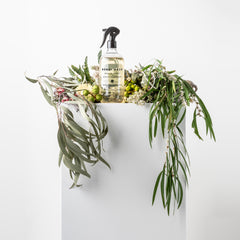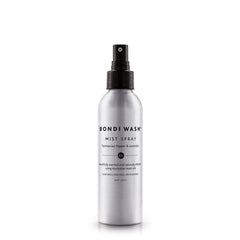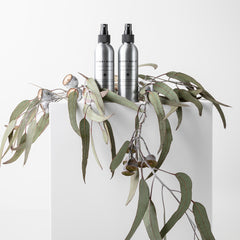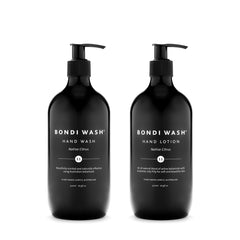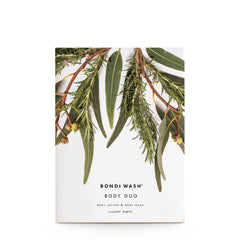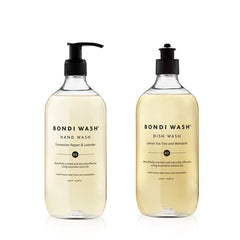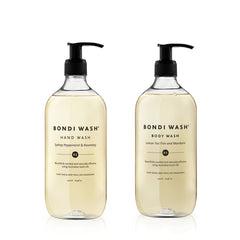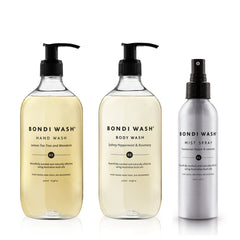Contact
Women have more toxicity in their bodies

It is estimated that women apply up to 168 toxic chemicals to their faces and bodies every day. Roughly speaking, the average woman uses 12 personal care products per day, though this amount can be lower or higher depending on age and personal preference. For example, teenage girls have been found to use as many as 18 personal care products a day. These products include moisturiser, eye cream, mascara, shampoo, perfume, concealer, lotions and many more. Men however, use an estimated 6 personal care products per day. Adding to the imbalance, it is also more likely for women to be exposed to toxic chemicals found in home cleaning products, as this domestic chore regularly (though not always – yay feminism!) falls to women. Women are also exposed to synthetic chemicals through hormonal birth control which is used by an estimated 25% of women currently. To top it off, independent labs have found many different toxic chemicals in menstrual items such as tampons, yet brands by law don’t have to list their ingredients on the label. What we can deduce from these statistics is that women are more likely to experience problems from toxic build up in their bodies, than men.
Of the 13,000 chemicals currently used in cosmetics, only 10% of those have been tested for their safety. This is because personal care products fall under the Food, Drug and Cosmetics act (US) which requires no government review or testing of products before they’re released to the market. Instead, companies are self regulated to ensure consumer safety. The result: little to no regulation of potentially harmful chemicals in our everyday personal care products. This has a global impact as the majority of our cosmetics, especially make up giants such as L’Oréal and Revlon, are regulated through this act. While there are protective bodies in place to ensure the products we are using aren’t poisonous, it is quite difficult to get companies to test formulations. One of these bodies, the Environmental Protection Agency, has only tested 200 chemicals out of 84,000 on the market, with only 5 chemicals having been regulated as a result! Another issue is how chemicals are determined safe for consumers. Current regulations determine safety on a case-by case basis, that is, one chemical at a time. While this may seem logical, it doesn’t reflect how we use personal care products on a daily basis. Looking at the statistics above, we can be layering as many as 12 and even more products onto our skin containing hundreds of different chemicals at once! This means that there is no safety regulation in place for how different chemicals may react with one another.
What we are noticing is that excessive exposure to certain chemicals is leading to increased rates of irritation. For example, companies have shifted to new preservatives once paraben based ones were thought not to be safe. In many cases the preservatives used were methylisothiazolinone or phenoxyethanol. Both these preservatives are now showing higher rates of reaction and irritation due to the increased exposure from use of multiple products.
The silver lining is that we as consumers have the power to choose which products we use and therefore, which chemicals we are exposed to. This is why it is important, especially as women, to learn to read the labels of our personal care products and create a glossary of potentially dangerous and toxic chemicals to stay away from. As there is rising awareness of the potential for chemical toxicity, many brands are shifting to more natural ingredients to ensure their products have fewer harmful and potentially toxic chemicals. One great resource for consumers is The Never List by Beauty Counter. You'll find it here.
 AU
AU  Europe
Europe Canada
Canada Switzerland
Switzerland Japan
Japan China
China




